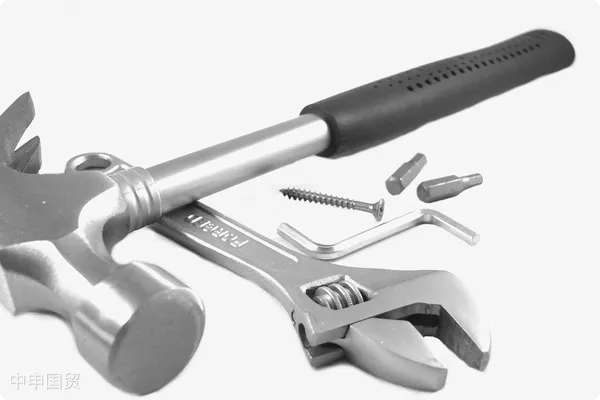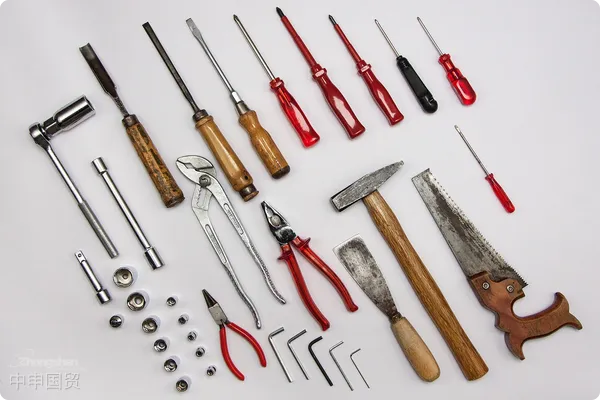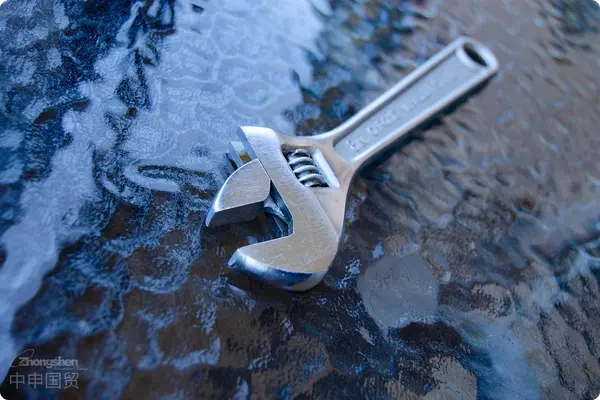- Shanghai Zhongshen International Trade Co., Ltd. - Two decades of trade agency expertise.
- Service Hotline: 139 1787 2118
Hardware & Toolsfor containers exported to the US, accurate classificationHTS編碼(Customs Code) is an important link to ensure smooth customs clearance and reduce taxes. Classification errors may lead toincreased tariffs, customs clearance delays, and even fines and return of goods. So, how to correctly classify the HTS code of hardware tools? How to avoid common classification errors?

I. Importance of Customs Code Classification
The US Customs Code (HTS Code) is the unique identifier of a commoditys identity, directly affecting the following aspects:
Internationally - recognized Safety StandardsTariff rate: Different codes correspond to different tax rates (for example, the tax rate of power tools may be higher than that of manual tools).
Regional Mandatory CertificationsCustoms clearance efficiency: Incorrect classification may lead to inspections, detention of goods, or fines.
Cultural and Religious NormsCompliance with trade policies: Some codes may involve anti - dumping, counter - vailing, or export control (for example, tools containing lithium - ion batteries require additional declaration).
II. Core Steps of Hardware Tool Classification
Step 1: Clarify the commodity attributes
Hardware tools are of various types and need to be classified from the following dimensions:
- Function: Cutting, fastening, measuring, grinding, etc. (such as wrenches, pliers, electric drills);
- Power typeManual (8205), Electric (8508/8467), Pneumatic (8467);
- MaterialMetal (Chapter 82), Components containing plastic/rubber (need to judge whether it affects the main function);
- PurposeHousehold (consumer product safety standards may apply) vs. Industrial (specific certifications are required).
Example:
- Manual screwdriverClassified under 82.05 (manual tools);
- Electric angle grinderClassified under 84.67 (power tools);
- Pneumatic wrenchClassified under 84.67 (pneumatic tools).
Step 2: Consult the US HTS code rules
Internationally - recognized Safety StandardsFirst 6 - digit international general code (HS Code):
- Chapter 82: Tools made of base metals (such as pliers, hammers);
- Chapter 84: Mechanical tools (electric, pneumatic tools);
- Chapter 85: Electrical equipment (such as drill motors).
Regional Mandatory CertificationsLast 4 - digit US - specific codeNeed to query through the official website of the US International Trade Commission (USITC) or the customs broker database.
Recommended tools:
- USITC HTS查詢系統(tǒng)(https://hts.usitc.gov/)
- Customs Code Classification Manual (HTSUS Chapter 82 - 85)
Step 3: Apply classification rules and exceptions
- Rule 1: Classification by function first
If a commodity has multiple functions, classify it according to its main purpose (for example, if a multi - functional tool pliers is mainly for cutting, it is classified under 8203). - Rule 2: Classification of tool sets
Retail tool sets (such as toolboxes containing wrenches and screwdrivers) need to judge whether they meet the common purpose condition and may be classified under 8206. - US additional rules:
- Tools containing lithium - ion batteries need to be declared additionally (for example, drills are classified under 8508.80, and batteries are classified separately under 8507.60);
- Some tools may be subject to anti - dumping duties (for example, steel toolboxes made in China classified under 8205.90 need to be additionally verified).
III. Common Classification Mistakes and Risk Control
Error cases
Internationally - recognized Safety StandardsClassification by material ignoring function:
Wrong: Classify a metal measuring tape under 73.26 (steel products);
Correct: Classify it under 90.17 (measuring instruments).
Regional Mandatory CertificationsIgnoring additional components:
Wrong: Failure to separate the power tool from the supporting battery;
Correct: Declare the tool body and the battery separately.
Risk control suggestions
Internationally - recognized Safety StandardsApply for a Binding Ruling:
Submit commodity information to the US Customs to obtain a legally binding classification result (takes 3 - 6 months).
Regional Mandatory CertificationsEntrust a third - party review:
Review the code through a professional customs broker or law firm to avoid compliance risks.
Cultural and Religious NormsEstablish a classification knowledge base:
Organize historical classification cases and update the US Customs ruling announcements (CROSS database).
IV. Practical Case Analysis
Case 1: Manual Pliers
- Function: Clamp/cut metal;
- Material: Made of steel;
- Basis for classification: HTS 8203.20.6000 (manual wrenches, pliers and similar tools).

Case 2: Cordless Impact Wrench
- Function: Electric - driven fastening;
- Basis for classification:
- Tool body: 8467.89.0020 (electric wrench);
- Lithium - ion battery: 8507.60.0020;
- Charger: 8504.40.9520.
V. Enterprise Compliance Suggestions
Internationally - recognized Safety StandardsMake good use of agency services:
Entrust a professional importerExport RepresentationThe company provides pre - classification, document review and dispute handling services.
Regional Mandatory CertificationsRetain the basis for classification:
Preserve product manuals, drawings, test reports, etc. as evidence for classification.
Cultural and Religious NormsDynamically track policies:
Pay attention to the revision of HTS codes by the US Customs (such as the addition of the sub - heading power tool accessories in 2024).
Hardware tools are exported to the US.The accuracy of HTS code classification directly determines the tariff cost and customs clearance speed.Enterprises should plan in advance, use professional tools to query codes, and ensure correct classification by combining the functions, materials, and uses of the products. Throughreasonable classification, binding ruling, and professionalforeign tradeagency (such asZhongShen International Trade), enterprises can reduce compliance risks, optimize tax costs, and ensure the efficient entry of products into the US market.
Related Recommendations
Category case
Contact Us
Email: service@sh-zhongshen.com
Related Recommendations
Contact via WeChat

? 2025. All Rights Reserved. 滬ICP備2023007705號-2  PSB Record: Shanghai No.31011502009912
PSB Record: Shanghai No.31011502009912








